Given increasing food costs, cultivating a garden, especially a vegetable garden, is an excellent way to guarantee that your family has fresh and nutritious food while helping to reduce grocery expenses.
However, starting a vegetable garden can be costly, especially if it’s your first one. These days, even experienced gardeners feel sticker shock when shopping at garden centers or nurseries.
The cost of raised beds, soils, plants, seeds, equipment, and supplies has significantly increased in the last few years.
Fortunately, there are many ways to integrate frugality into your gardening plans without breaking the bank.
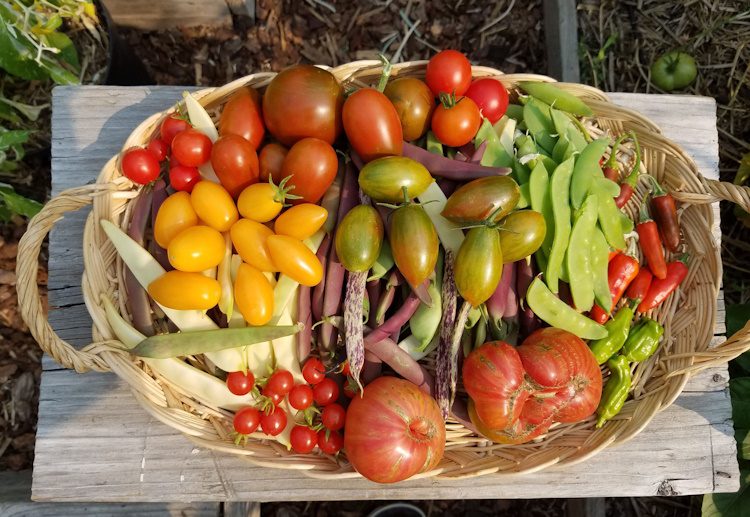
Save on Plant Stock
Without plants in the garden, we’d only have a plot of dirt! But filling a garden full of plants can quickly become expensive.
The most economical way to overcome this cost is by starting your plants from seed. Although seed costs have increased (and the number of seeds in each packet has decreased), it remains cheaper than buying transplants.
A packet of seeds, stored in a cool, dry place, provides enough plants for several years.
To reduce costs further, consider participating in seed swaps, visiting a seed library, or exchanging seeds with friends. If you’re cultivating heirloom or open-pollinated varieties, save seeds from those plants for next year’s sowing.
You also get more value for your money when you grow perennial flowers, vegetables, and herbs (plants that come back each year). For the edible garden, consider growing asparagus, artichokes, rhubarb, strawberries, and berry bushes.
Once established, these plants produce for years. Herbs like mint, sage, chives, and thyme can also flourish in the garden for decades.

When purchasing transplants, opt for plants in smaller containers. Plants in 4-inch pots are significantly less expensive than those in larger containers. And that small plant will catch up to the one-gallon-sized plant within the season.
Savvy gardeners also look for mid-season sales. Plants may be a bit ragged but bounce back with a little trimming and TLC. Expensive perennials frequently go on sale in the fall—the perfect time to plant them! Plant swaps or asking for cuttings from garden friends are other great ways to save money on plants.
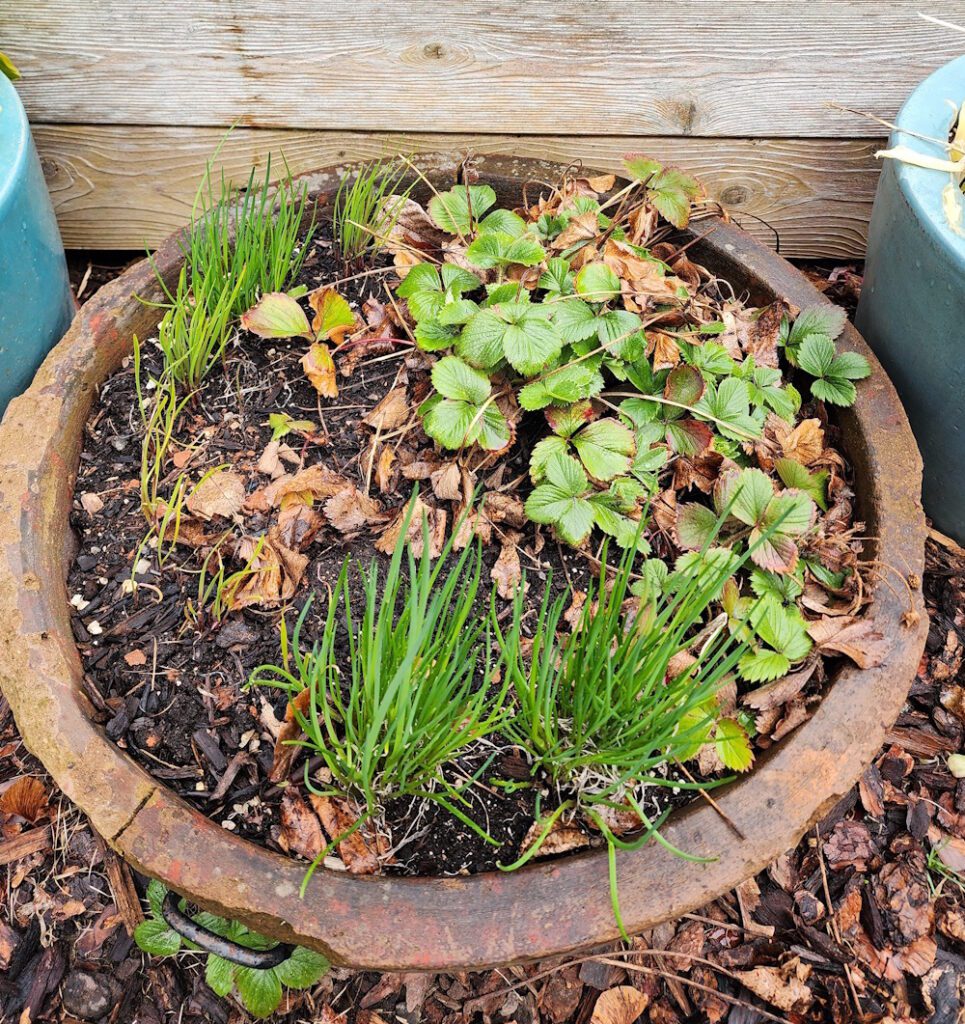
They come back year after year!
This is a no-brainer, but ensure you are growing what your family enjoys eating. Focusing on high-value crops like leafy greens, tomatoes, and herbs offers an excellent return on investment compared to store prices.
Save on Soils and Fertilizers
The cost of soil these days is anything but dirt cheap. One raised bed (4’x8’x18”) requires about 48 cubic feet of soil. A 3-cubic foot bag of raised bed soil costs about $14—and you’ll need 16, making it approximately $225 to fill one bed. Ouch.
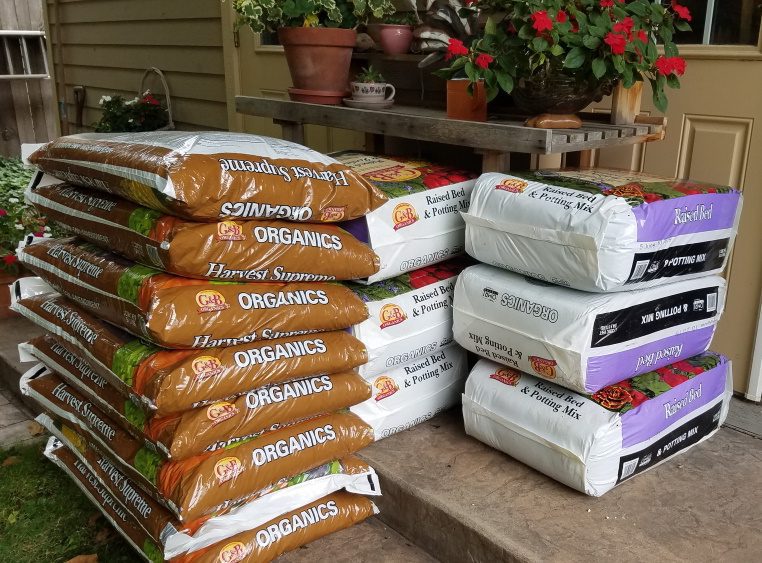
Many gardeners fill new raised beds with a layer of organic matter to help reduce bagged-soil costs. This method, similar to hügelkultur, which involves creating garden beds by mounding rotted logs and plant debris with compost, can reduce soil use by up to two-thirds.
The technique utilizes organic materials such as small tree branches, wood chips, leaves, straw, and grass clippings to fill the bottom portion of the bed. It’s then capped off with 8 to 12 inches of a soil/compost mix.
Once filled, the beds can be planted immediately, and as the bottom layers decompose over time, more soil can be added.
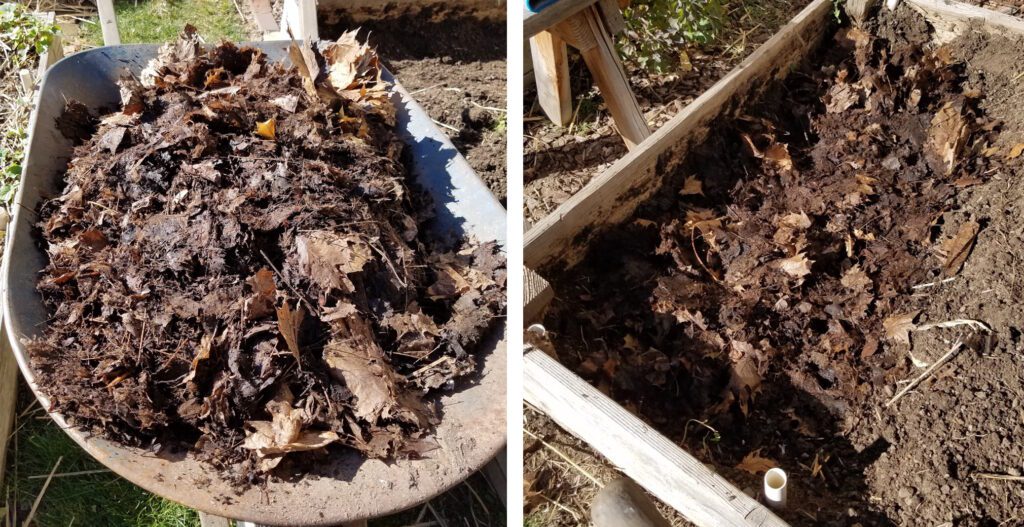
Purchasing soil or compost in bulk from a nursery is less expensive than bagged soils, and it can be even cheaper if you split a load with a gardening friend.
Instead of purchasing pricey fertilizers, make nutrient-rich compost from kitchen scraps, grass clippings, and leaves. It requires time, but in the long run, it saves money and enhances your soil health at no cost. Bins can be constructed affordably from upcycled pallets or wire mesh fencing.
Save on Supplies
When it comes to basic gardening supplies, you don’t need to spend a fortune. You can find great deals on many items at a dollar store or thrift shop.
A dollar store offers excellent bargains on gardening supplies such as gloves, plant tags, clips, and cloches. You’ll also discover buckets, tubs, and totes for storing soil and plastic food containers for starting seeds. Browse the store; you’ll be surprised how many items can be repurposed for gardening.
However, I suggest avoiding dollar-store seeds, soil, and tools. Quality is essential for these items.
Search thrift stores for items that can be reused, repurposed, or recycled, such as buckets, plastic totes, old work boots, food containers made of plastic and aluminum, or baskets. Almost anything can function as a planter if it drains well.
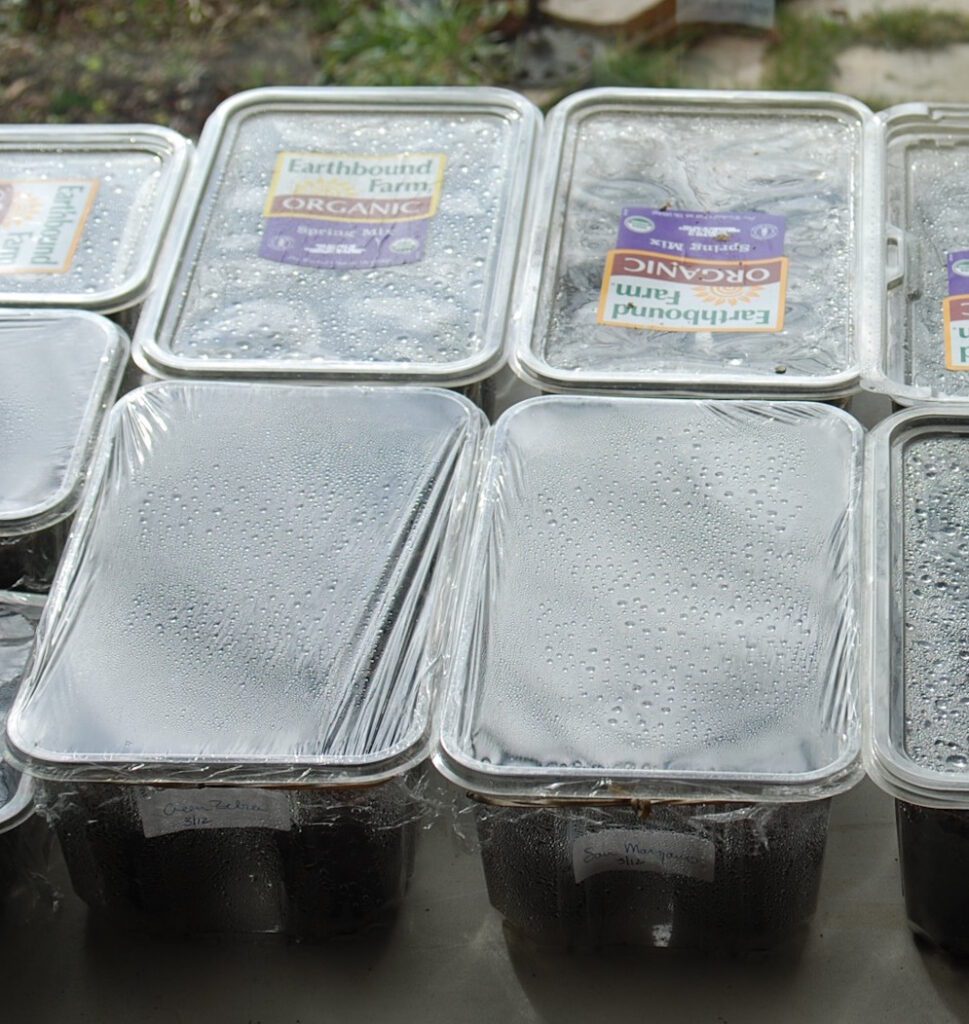
the perfect mini greenhouse.
Use What Nature Gives You
Nature can also help you save in the garden. To reduce or eliminate the need for harmful pesticides, grow diverse plant species that attract beneficial insects that prey on harmful pests.
These insects help maintain balance in your garden’s ecosystem and do a much better job of controlling pests than we do!
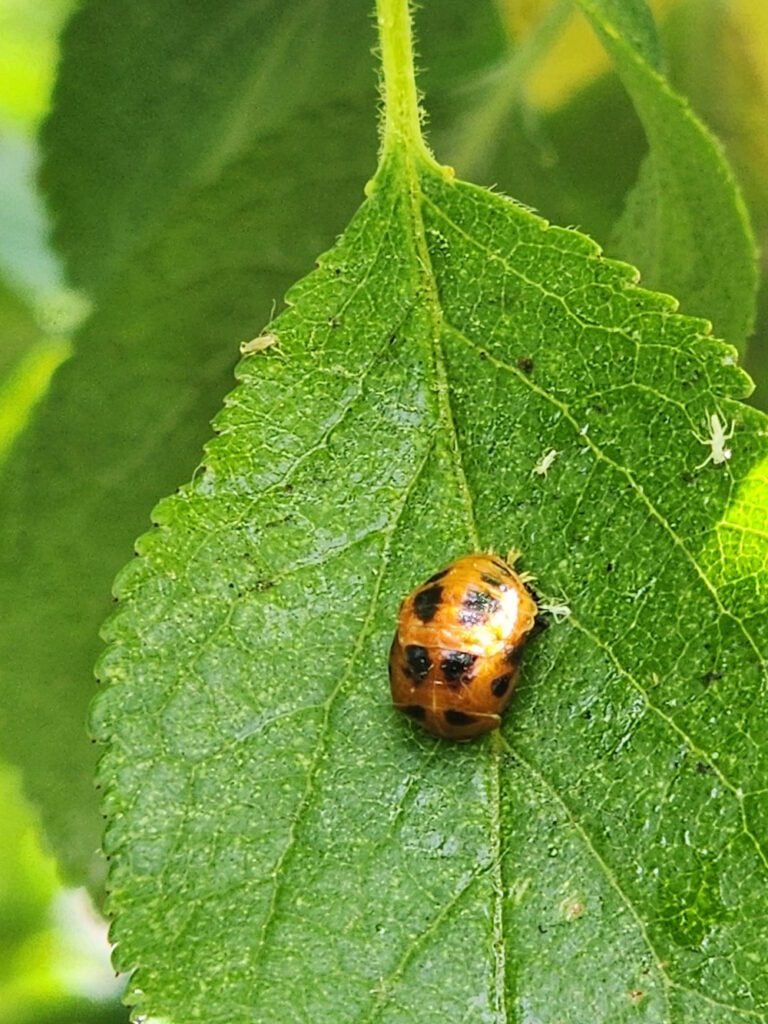
To reduce watering costs, install a barrel to collect rainwater.
Make the Investment
Gardening on a budget doesn’t mean sacrificing beauty or productivity; it’s about being resourceful and creative and maximizing what’s available. You can cultivate a garden without overspending by starting plants from seed, composting, and utilizing natural resources.
Remember that the greatest investment in your garden is your time and care—everything else can be found, shared, or created for less!


Leave a Reply